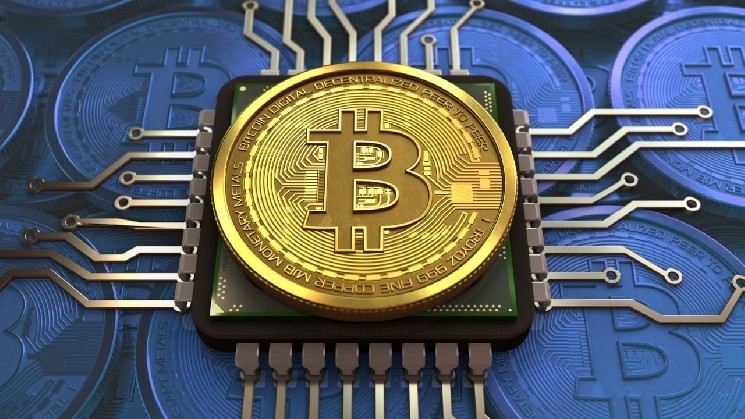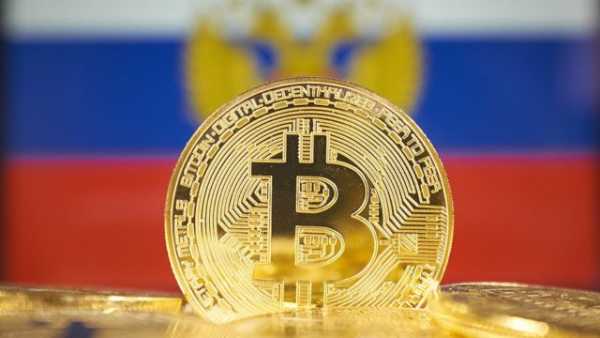Coinshares: Bitcoin hashing power will reach one zettahash by July

A Coinshares report suggests that the Bitcoin network's computing power could reach 1 zettahash per second (ZH/s) by July 2025. This achievement of 1 ZH/s would mean increased network security and greater confidence among miners.
Bitcoin Hashrate Exceeds Expectations at End of Q4
Bitcoin network hashrate is on track to hit a record high of 1 zettahash per second (ZH/s) as early as July this year, according to a new report from digital asset investment firm Coinshares. The forecast significantly accelerates previous estimates, highlighting the steady growth and resilience of the Bitcoin mining network.
The report notes that Bitcoin's computing power will reach 778 exahashes per second (EH/s) by the end of 2024, slightly higher than Coinshares' previous forecast of 765 EH/s. These results are largely due to Bitcoin's strong price swings throughout the year, which prompted miners to deploy their hardware faster.
Looking ahead, the Coinshares team predicts further growth in computing power, which could reach 1.28 ZH/s by the end of 2025 and possibly 2.0 ZH/s by early 2027. This exponential growth highlights the increasing investment and competition in the Bitcoin mining space.
Reaching 1 zettahash per second (ZH/s) is significant because it indicates a more secure and resilient network. Breaking this milestone further undermines the limited prospects of the Bitcoin network, which has been the subject of a 51% attack. Additionally, the increased hashrate indicates that Bitcoin miners are investing heavily in mining hardware, which is a reflection of confidence in the future of Bitcoin and its profitability.
Despite the optimistic forecast for hashrate growth, the Coinshares report also highlights the issue of hash prices, a key indicator of miner profitability. While hash prices have increased slightly this year, Coinshares’ own forecasting model points to a gradual structural decline. The report suggests that hash prices will likely remain in the $35 to $50 per petahash per day (PH/day) range through the 2028 Bitcoin halving cycle.
Notably, the average hash rate is expected to fall below $40 by Q1 2026. This expected decline reflects the continued improvement in the efficiency of mining hardware and growing competitive pressure in the sector as more players deploy modern and powerful machines.
Bitcoin Mining vs. Gold Mining
Meanwhile, the Coinshares report explores the debate over gold and Bitcoin, which has been reignited by the former’s recent rally, which has seen it gain more than 30% year-to-date. However, unlike other reports that focus on the two assets’ ability to store value, the Coinshares report instead focuses on a fundamental similarity: their supply is created through the process of mining.
While gold and bitcoin mining are characterized by cyclical economies, significant capital investment and a significant dependence on energy markets, the way these assets are “mined” – one physical, the other digital – creates profound differences that shape their industries, the report says.
So while gold mining involves finding deposits, getting permits, and deploying heavy machinery to extract the ore, Bitcoin mining is done digitally in a continuous computational race using specialized ASICs, electricity, and the internet to solve complex mathematical problems. Those who win make the transactions and receive new coins plus fees (Proofs of Work).
The inherent value of mining makes both assets scarce: Bitcoin due to immutability and competition, and gold due to physical and geological limitations.
“By contrast, Bitcoin mining is much more dynamic and unpredictable. Companies’ revenues depend not only on the relatively volatile Bitcoin market price, but also on their share of the global hashrate (i.e., global competition). If other market participants expand their operations more aggressively, your relative yield may decline even if your mining operations remain the same. This is a constant variance that operators need to take into account,” the Coinshares report concludes.
Source: cryptonews.net



